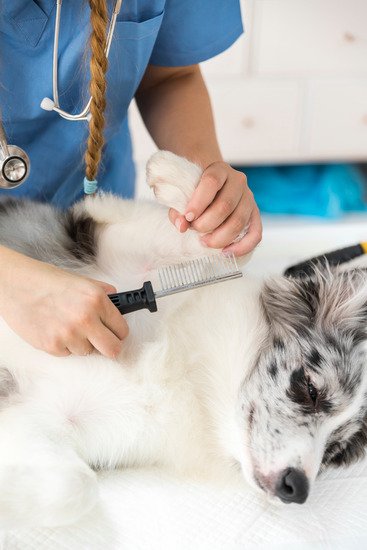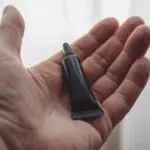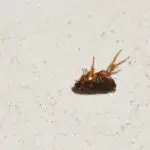Can Dogs Still Get Fleas With NexGard?
Many flea and tick preventatives come with warnings about possible side effects. NexGard is no exception. The active ingredient, afoxolaner, can cause allergic reactions in some dogs. If your dog starts to show symptoms of an allergic reaction to NexGard, consult your veterinarian. If the symptoms persist, your veterinarian may need to run blood tests, perform a biochemistry profile, or order other tests.
NexGard works by killing fleas before they can lay eggs. This breaks their life cycle. It remains in your pet’s system for up to 4 weeks, though it can last longer if your dog has certain liver or kidney disorders. The chewable tablets are safe to give to your dog. Once ingested, NexGard kills up to 99% of fleas.
Although topical flea medications have been in use for decades, many veterinarians are starting to see that fleas are becoming resistant to them. Moreover, many people don’t like the liquid going into their dog’s fur. Also, bathing can reduce the effectiveness of some products.
Fleas have four stages. Before emerging, the flea pupae spend up to two weeks without a host. Then, it develops into a solitary adult female, laying up to 50 eggs per day and up to 2,000 eggs over its lifetime. These stages can cause an expensive extermination process.









